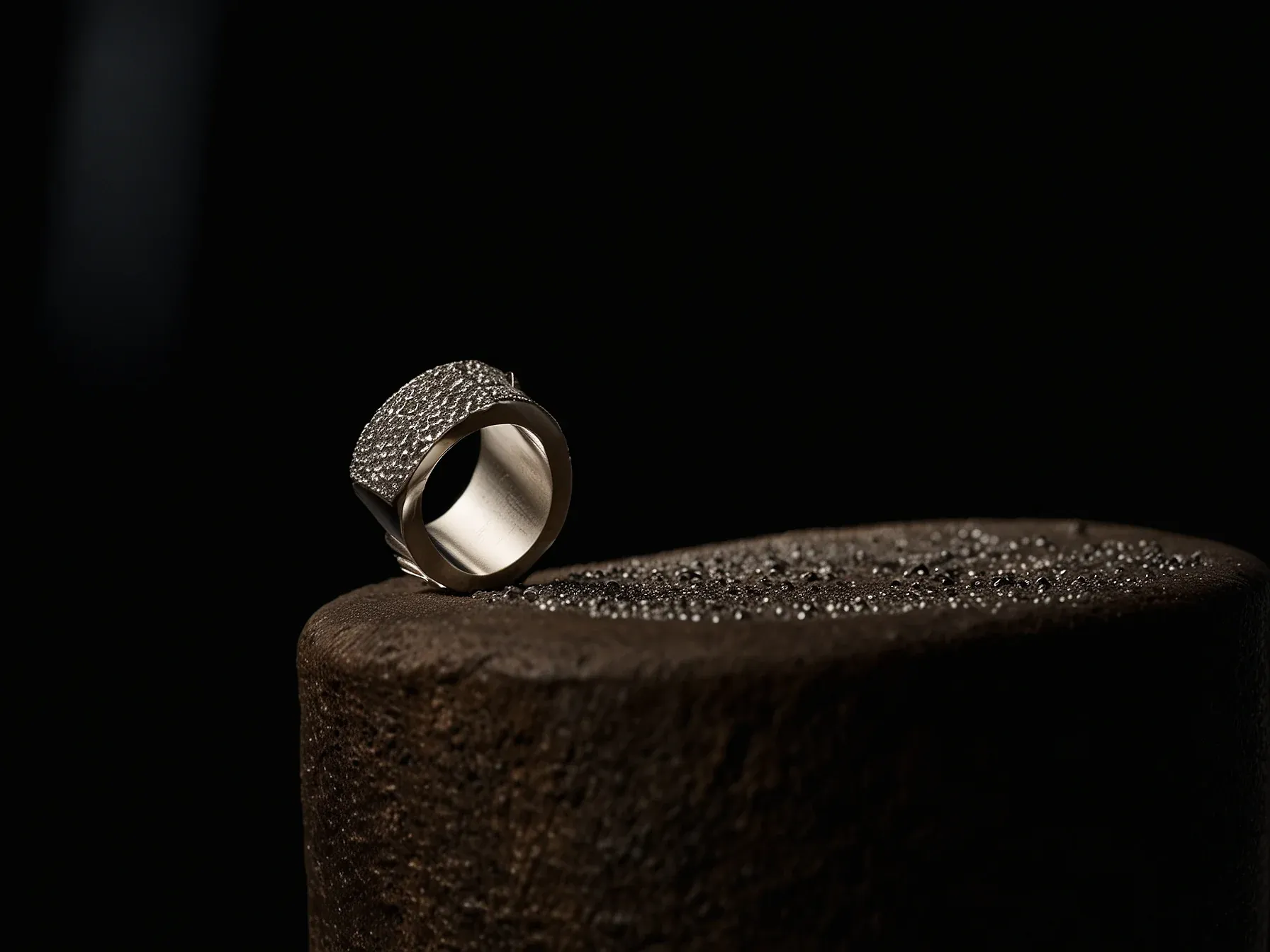
Sandbar's finger‑worn ring acts as a ‘mouse’ with tap‑to‑record AI
When I first saw Sandbar’s new finger-worn ring, I thought it looked more like a sleek accessory than a gadget. The little device lets you tap your finger and, in theory, send a voice command - something tech blogs have started calling the “mouse for voice.” It’s a neat idea, but Sandbar is quick to stress that the ring isn’t a always-on recorder. Inside, there’s a microphone and a capacitive sensor that hook up to an AI service, yet they only fire up when you deliberately activate them.
In a world where always-listening assistants have raised eyebrows, this intentional-use model seems designed to give people control over when their speech is captured. That could be the difference between a handy shortcut and an unwanted earpiece, though it’s still unclear how users will react in practice. Below you’ll find a rundown of how the ring works and why the activation method sits at the heart of its pitch.
The ring includes a microphone, a capacitive sensor that activates interaction, and a built-in AI connection - but it doesn't listen continuously. Instead, users press or tap the sensor to record their thoughts by speaking or even whispering into the ring. Sandbar deliberately positions the Stream Ring as an alternative to always-on devices like "Friend AI." Audio recordings are transcribed directly and managed through the accompanying Stream app.
The ring also doubles as a media controller and is waterproof, with a battery life of about one day. Its AI functions rely on several large language models, selected dynamically based on the current task. Processing happens partly on the ring itself, partly on the smartphone, and partly in the cloud.
On request, the AI can even reply using a synthetic version of the wearer's own voice, generated with models from ElevenLabs. According to Sandbar, 60 percent of test users use the ring for longer conversations with the AI, 20 percent for note-taking, and another 20 percent for quick questions.
Can a ring actually take the place of a keyboard? Sandbar seems to think so, calling the Stream Ring a “mouse for voice.” It’s a tiny band you slip onto a finger, with a mic and a capacitive sensor that only wakes up when you tap. That means you can whisper or speak without the device listening all the time.
The built-in AI says it will turn your thoughts into text and even sort them when you ask, hinting at a hands-free note-taking workflow. The piece, however, doesn’t give any numbers on how accurate the transcription is, how fast it reacts, or how long the battery lasts - so the real-world performance is still fuzzy. I’m not sure the battery can survive a full day of use, and I wonder how comfortable it feels when you’re talking for minutes on end or tapping repeatedly.
Sandbar markets it as ready for daily life, yet we haven’t seen independent tests to back that up. Bottom line: the Stream Ring is a curious idea, but we’ll need to see if it actually works in practice, how it plugs into the apps we already use, whether the tap-to-record feel clicks for people, and if its privacy promises hold up.
Common Questions Answered
How does Sandbar's Stream Ring activate its microphone and AI features?
The Stream Ring uses a built-in capacitive sensor that the user taps or presses to activate the microphone. This tap‑to‑record mechanism ensures the device only listens when the user intends, aligning with Sandbar's privacy‑first positioning.
What privacy measures does Sandbar claim differentiate the Stream Ring from always‑on devices like "Friend AI"?
Sandbar emphasizes that the ring does not listen continuously; it only records after a user‑initiated tap. By avoiding constant audio capture, the Stream Ring aims to be a privacy‑first alternative to always‑on assistants such as Friend AI.
What role does the accompanying Stream app play in handling audio recordings from the finger‑worn ring?
Audio captured by the ring is sent to the Stream app where it is transcribed into text. The app also organizes the transcriptions on demand, enabling hands‑free note‑taking and voice‑controlled commands.
According to the article, what potential impact could the Stream Ring have on traditional input devices like keyboards?
Sandbar markets the Stream Ring as a "mouse for voice," suggesting it could replace keyboards for certain tasks. By allowing whispered or spoken input without a constant listening mode, the ring aims to shift users toward hands‑free note‑taking and command entry.



